At Anfield there’s an old bit that wears slightly thin about telling players to shoot from a long way out. It might not be such a joke anymore, though.
Every once in a while there’s a goal of the month compilation from December 2006 that does the rounds online.
This sublime collection of strikes leaves you not quite able to believe they were all scored in the same season, let alone calendar month.
While this was a particularly special few weeks for goals to make your jaw drop, it is noticeable how little we see the phenomenon now.
It's that time of year again ?
Sit back and enjoy the Goal of the Month contenders from December 2006 ? pic.twitter.com/oss4crhauE
— Premier League (@premierleague) December 1, 2023
Steven Gerrard, David Beckham, Wayne Rooney – they all built their legacy on their ability to score from range, but it is becoming increasingly rare for top teams and players to shoot from outside the box now.
In the last week alone, stunning efforts from Trent Alexander-Arnold, Alexis Mac Allister, Harvey Elliott and even Wataru Endo appeared to buck that trend for Liverpool, so we had a look at whether long-distance shooting could be making a return at Anfield.
Why are there less screamers?
Well, the answer is simple in one respect; players are shooting from range less. In 2003, the Premier League saw about 45 percent of its shots come from outside the box, reported the Times.
That figure hovers around 33 percent for this season. The reason why players aren’t shooting from distance is more complex.
Gerrard’s late equaliser in the 2006 FA Cup final was a statistical anomaly. He even admitted himself that he only took the shot on because he was too tired to do anything else.
It would have left Jurgen Klopp furious on the touchline, until it hit the net of course.
With a bigger focus on analytics in elite football, coaches like Klopp and Pep Guardiola aren’t encouraging players to shoot from far out.
These long-range efforts are associated with a low chance of scoring and a high risk of losing the ball.
Instead, managers prefer to keep the opponent under pressure, breaking down defences by overloading the opposition in wide areas.
This is also why we have seen a decline in wingers trying to dribble past their direct opponent, usually opting to find an alternative route to goal.
Liverpool’s trend
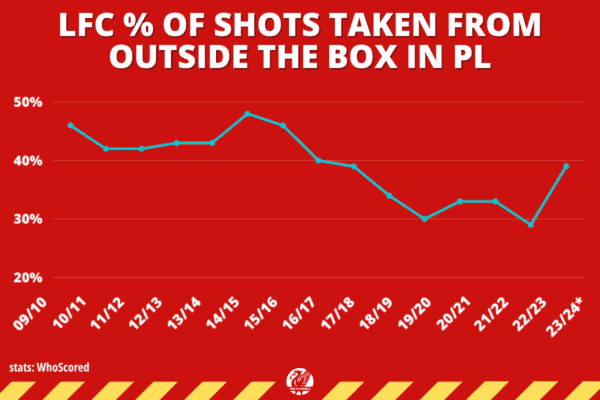
Liverpool are no different to the rest of the Premier League and there has been a noticeable drop-off in the number long shots being attempted.
Thanks to LFQuiz, we know 10 of Liverpool’s 103 goals last season were scored from outside the box.
From the 58 scored this season, seven have already been fired in from further than 18 yards, including Elliott’s winner against Crystal Palace on Sunday.
Using WhoScored.com, we can see Liverpool have taken 39 percent of their league shots this season from outside the box – only Fulham have a higher percentage.
The numbers suggest Liverpool’s shooting and success from distance is up from last season, but still remains well below the average before Klopp arrived.
Why the change?
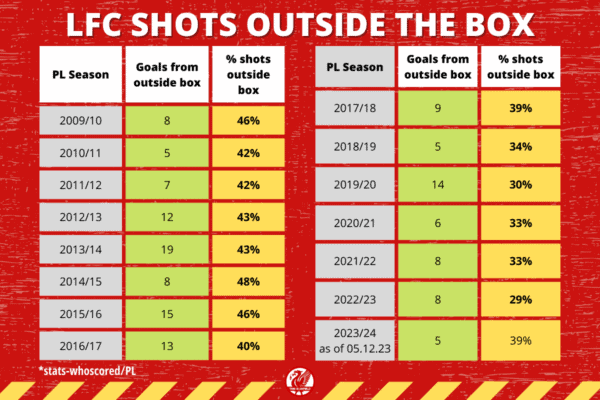
With Liverpool 2.0 has come a change in playing style, but it isn’t necessarily the reason for the increased amount of long shots.
It is more likely to be down to the personnel and the positions they are playing.
LFQuiz tell us that the Reds’ new midfielders all score more goals than last summer’s leavers.
Since moving to RB Leipzig, Dominik Szoboszlai has averaged a goal roughly every five games, Alexis Mac Allister every six since joining Brighton, and Wataru Endo every nine since signing for Stuttgart in 2019.
Their goal threat is much higher than from Fabinho, Jordan Henderson, James Milner, Naby Keita and even Alex Oxlade-Chamberlain. They each averaged 19.1, 14.9, 12.7, 11.7 and 7.7 games per goal respectively.
The numbers concur with the idea that Liverpool’s new players are better at shooting from range, but so does using your eyes.
In October, Pep Lijnders said: “We want technique, so when we buy we buy technique, something specific to improve our style because teams adapt to us.
“They learn about our strengths and stop them. But that comes more from the individual styles. What the players have all in common is technique.”
Szoboszlai’s goal against Leicester and Mac Allister’s strike against Fulham are both cases in point.
There are other variables involved with Liverpool’s rise in shooting from distance, too – Darwin Nunez‘s tendency to let fly is one, but Alexander-Arnold’s shift in position is a bigger influence.
The vice-captain’s role change to an inverted right-back, or midfielder as we have seen recently, allows the pitch to open up more for him in central areas.
Whereas in the past he was delivering the crucial cross from the wing, more often he is now taking up positions outside the box to thread a key pass or shoot.
What does it all mean?
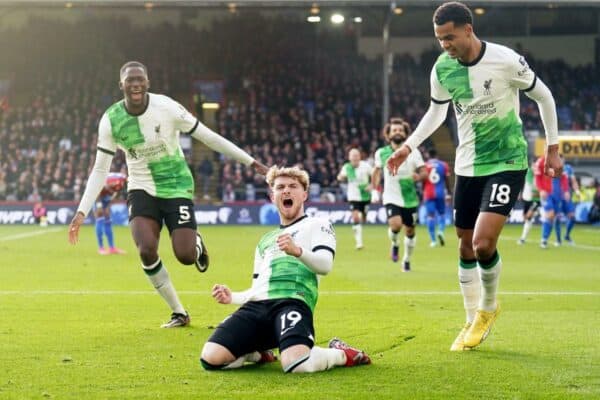
Well, a very general trend in the numbers suggest Liverpool have been better in recent years when they have refrained from long-distance shooting.
However, last season’s anomaly means proves it isn’t the be-all and end-all.
Guardiola’s Man City, a side famed for their methodical approach, took more of their shots from outside the box than Liverpool last season and won the treble, there isn’t necessarily a right and wrong.
What is crucial, though, is that shooting from range doesn’t replace fluid build-up play and sticking to the manager’s tactical plan pre-game.
Still, it can never be a bad thing to have players with a worldie in their locker.



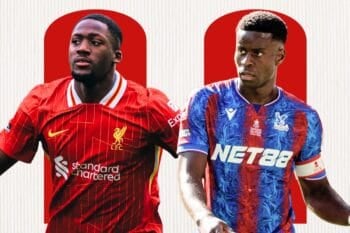



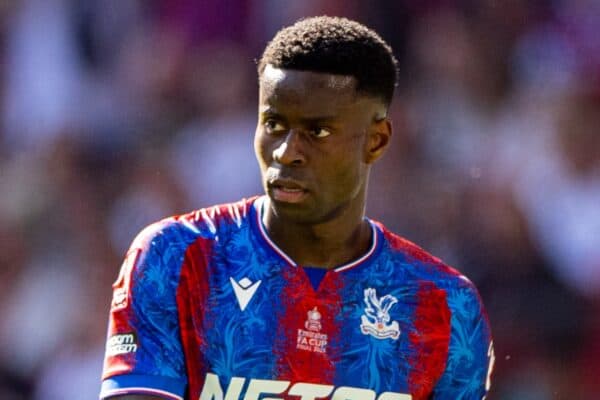

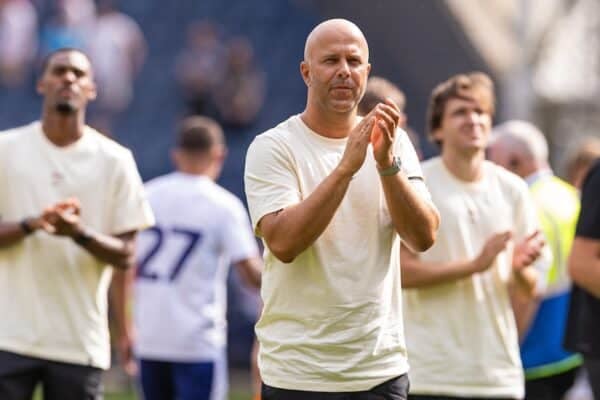

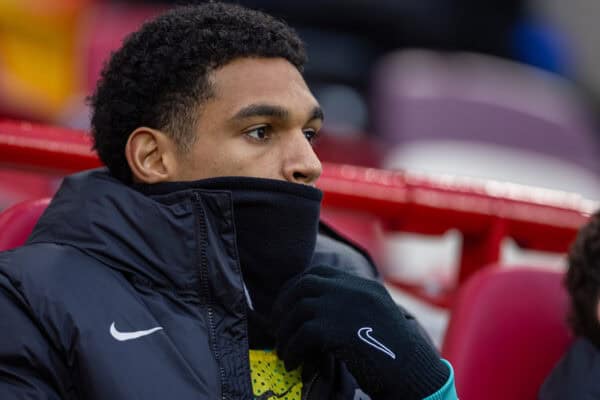
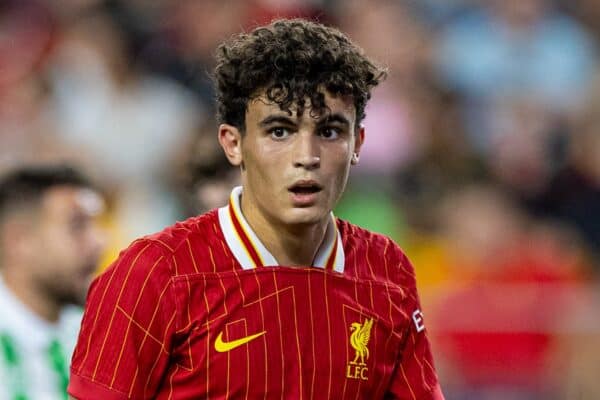
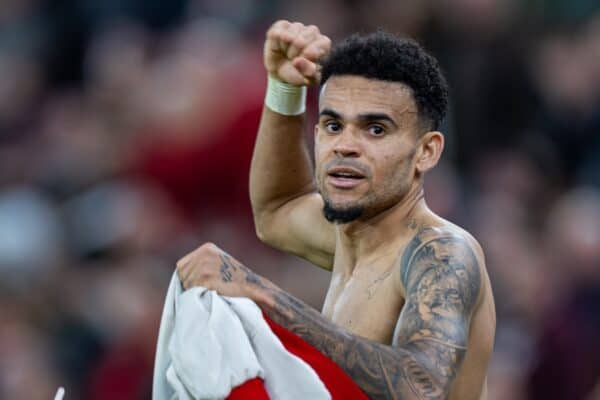



Fan Comments